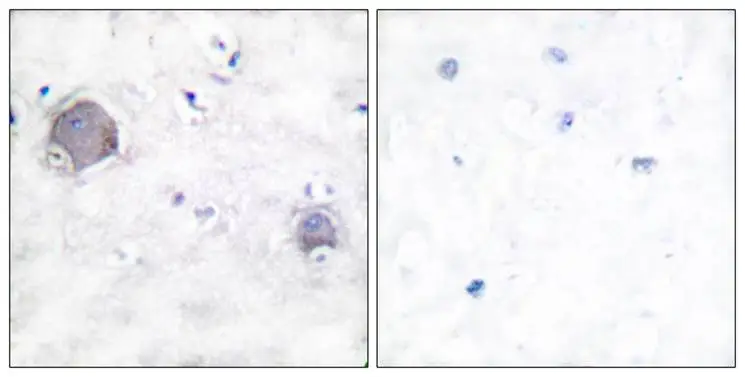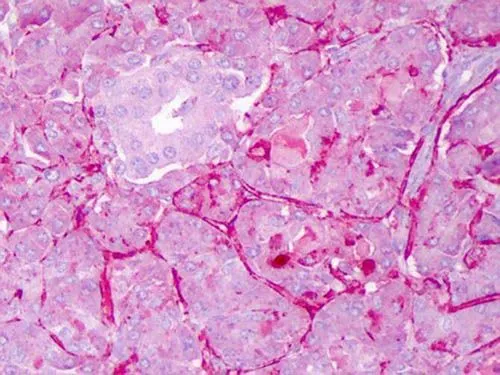
IHC-P analysis of exocrine glands of human pancreas using Rabbit anti-Notch1 antibody (GTX28925) at a dilution of 1:200. Staining: moderate to strong membranous staining and faint to moderate cytoplasmic staining. Islets showed faint staining.
NOTCH1 antibody
GTX28925
ApplicationsDot Blot, ImmunoFluorescence, ImmunoPrecipitation, Western Blot, ELISA, ImmunoCytoChemistry, ImmunoHistoChemistry, ImmunoHistoChemistry Paraffin, Neutralisation/Blocking, Other Application
Product group Antibodies
TargetNOTCH1
Overview
- SupplierGeneTex
- Product NameNOTCH1 antibody
- Delivery Days Customer9
- Application Supplier NoteWB: 1:500-1:2000. IHC-P: 1:200. ELISA: 1:20000-1:60000. *Optimal dilutions/concentrations should be determined by the researcher.Not tested in other applications.
- ApplicationsDot Blot, ImmunoFluorescence, ImmunoPrecipitation, Western Blot, ELISA, ImmunoCytoChemistry, ImmunoHistoChemistry, ImmunoHistoChemistry Paraffin, Neutralisation/Blocking, Other Application
- CertificationResearch Use Only
- ClonalityPolyclonal
- Concentration90 mg/ml
- ConjugateUnconjugated
- Gene ID4851
- Target nameNOTCH1
- Target descriptionnotch receptor 1
- Target synonymsAOS5, AOVD1, TAN1, hN1, neurogenic locus notch homolog protein 1, Notch homolog 1, translocation-associated, notch 1, translocation-associated notch protein TAN-1
- HostRabbit
- IsotypeIgG
- Protein IDP46531
- Protein NameNeurogenic locus notch homolog protein 1
- Scientific DescriptionNotch 1 is synthesized in the endoplasmic reticulum as an inactive form, which is proteolytically cleaved by a furin-like convertase (S1 cleavage) in the trans-golgi network before it reaches the plasma membrane to yield an active, ligand-accessible form. Cleavage results in a C-terminal fragment N(TM) and a N-terminal fragment N(EC). Following ligand binding, it is cleaved (S2 cleavage) by TNF-alpha converting enzyme (TACE) to yield a membrane-associated intermediate fragment called Notch extracellular truncation (NEXT). This fragment is then cleaved by presenilin-dependent gamma-secretase (S3 cleavage) to release the intracellular domain (NICD) from the membrane.
- Storage Instruction-20°C or -80°C,2°C to 8°C
- UNSPSC12352203
References
- Liu Z, Ma T, Duan J, et al. MicroRNA‑223‑induced inhibition of the FBXW7 gene affects the proliferation and apoptosis of colorectal cancer cells via the Notch and Akt/mTOR pathways. Mol Med Rep. 2021,23(2):pii: 154. doi: 10.3892/mmr.2020.11793.Read this paper
- Nwabo Kamdje AH, Bassi G, Pacelli L, et al. Role of stromal cell-mediated Notch signaling in CLL resistance to chemotherapy. Blood Cancer J. 2012,2(5):e73. doi: 10.1038/bcj.2012.17Read this paper
- Chu PW, Wang YP, Chen IC, et al. Notch 1 signaling pathway effect on implantation competency. Fertil Steril. 2011,96(5):1225-9. doi: 10.1016/j.fertnstert.2011.08.032Read this paper
- Cheng X, Huber TL, Chen VC, et al. Numb mediates the interaction between Wnt and Notch to modulate primitive erythropoietic specification from the hemangioblast. Development. 2008,135(20):3447-58. doi: 10.1242/dev.025916Read this paper

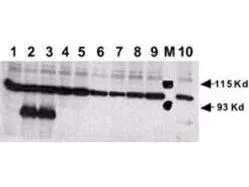
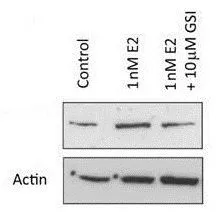
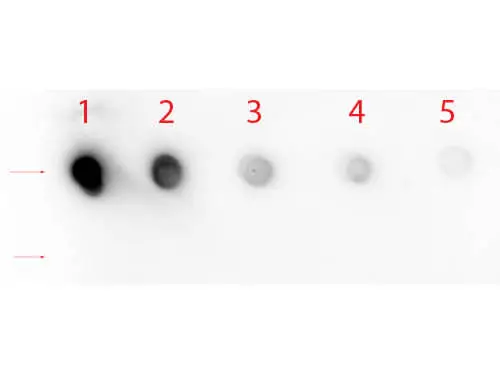
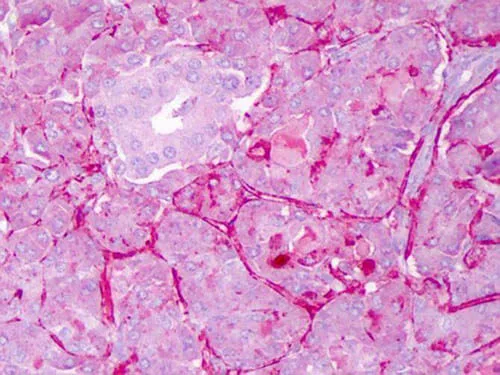
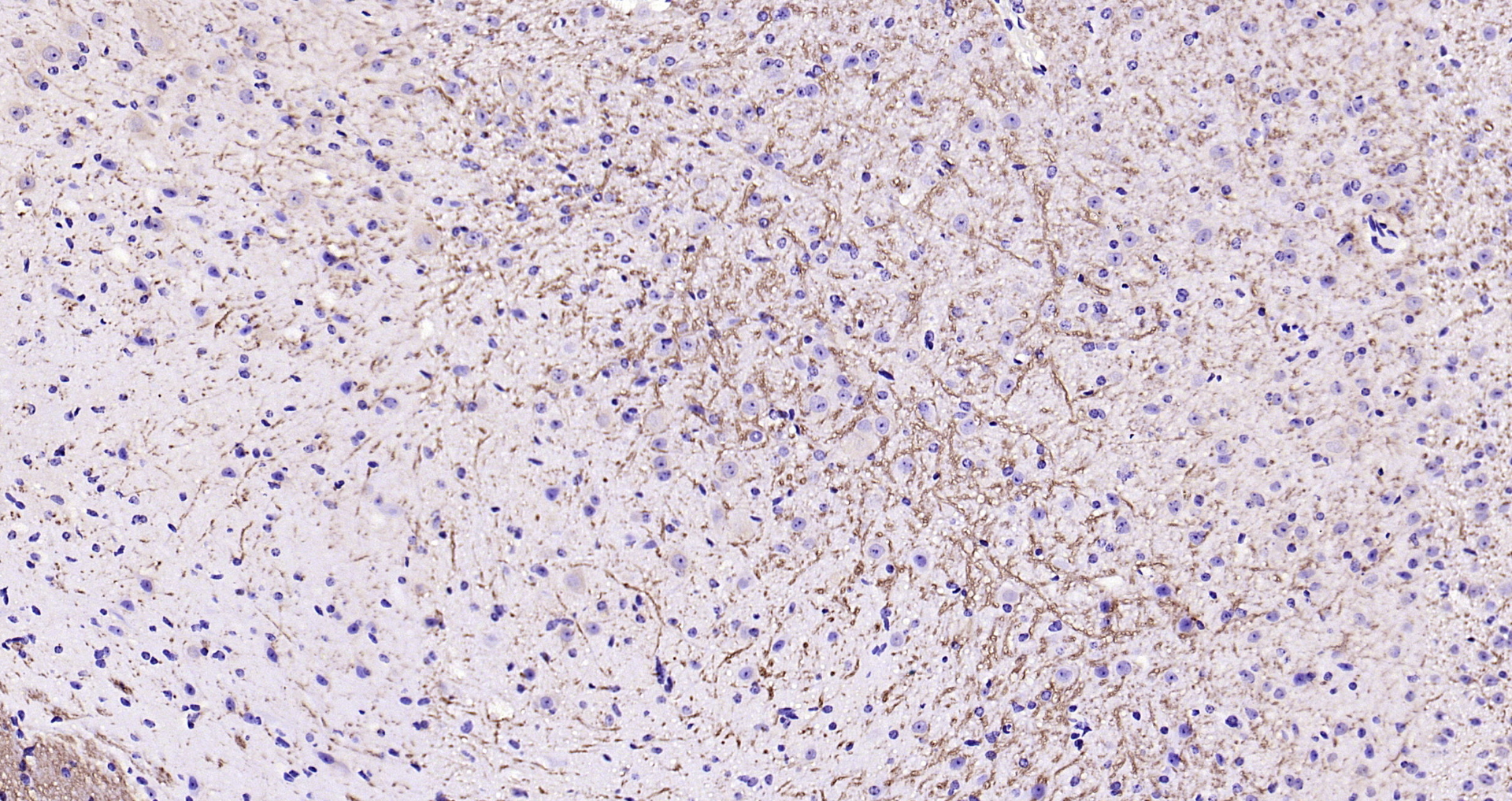

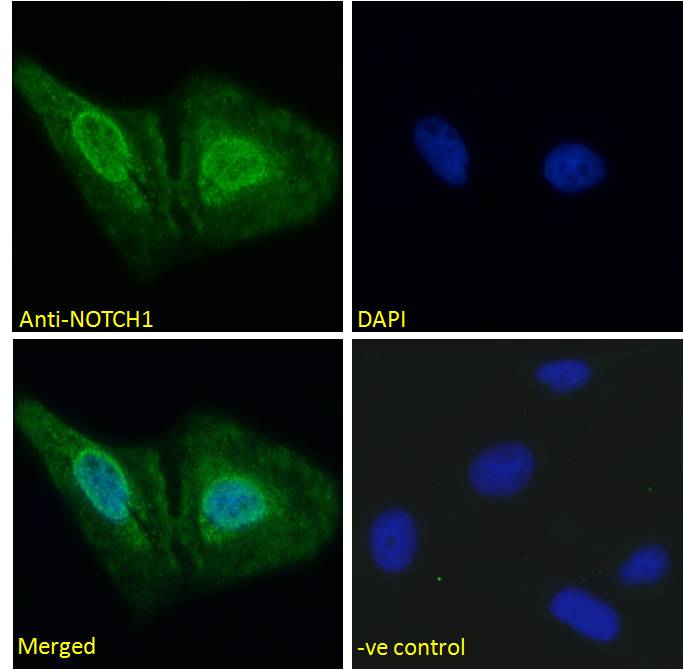


![IHC-P analysis of breast adenocarcinoma tissue using GTX84019 NOTCH1 antibody [3E12]. Antigen retrieval : Heat-induced epitope retrieval by 10mM citrate buffer, pH6.0, 100oC for 10min.](https://www.genetex.com/upload/website/prouct_img/normal/GTX84019/GTX84019_2164_IHC-P_w_23061420_289.webp)
![IHC-P analysis of colon adenocarcinoma tissue using GTX84020 NOTCH1 antibody [4C9]. Antigen retrieval : Heat-induced epitope retrieval by 10mM citrate buffer, pH6.0, 100oC for 10min. Dilution : 1:50](https://www.genetex.com/upload/website/prouct_img/normal/GTX84020/GTX84020_2178_IHC-P_w_23061420_888.webp)
